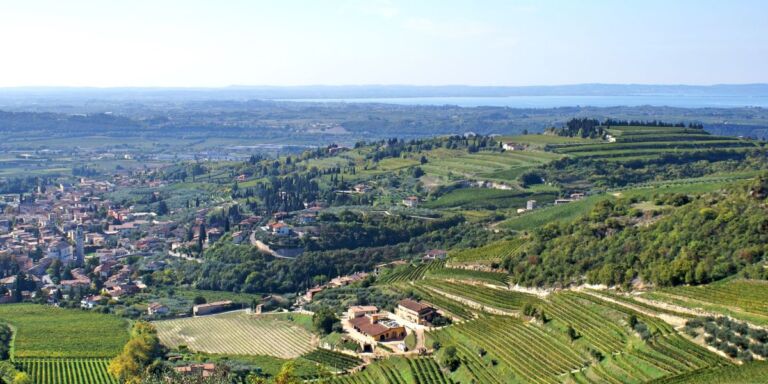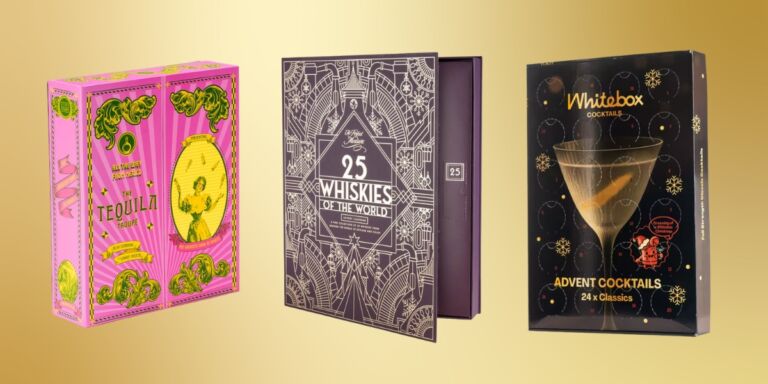Outside of the constraints of traditional fine wine regions, forward-thinking producers have been sending grape varieties to ever-cooler corners of their growing zones in pursuit of freshness. Cool-climate anything (above all, Chardonnay and Syrah) has become marketing speak for a level of restraint and, implicitly, sophistication, repudiating the lusty exuberance that characterised so much winemaking of the ’90s and ’00s.
Cool-climate anything, that is, except for Cabernet Sauvignon and its brethren. The fact that Cabernet Sauvignon is late ripening is undoubtedly a factor. Half a century ago, even the suggestion of deliberately limiting its ripeness would have drawn howls of derision in Bordeaux. Lest we forget, though, limiting Cab’s ripeness is exactly what was happening in the then-nascent Cabernet regions of the New World, particularly Napa Valley, where wines of 12-13 per cent abv with seductive hints of green were the product not so much of the climate of the 1970s, but of a desire to emulate the fine wines of the Médoc and Pessac.

The reason for Cabernet’s exclusion from the cool-climate movement is probably more attributable to the fact that, today, Cabernet (whether from Napa or Bordeaux) is so dominated by a certain old guard in the wine world that the cool-climate crowd won’t even engage with it. There have, of course, been stalwarts of restraint in California all along – witness Paul Draper of Ridge and, within Napa, Cathy Corison – but they have operated outside the mainstream. More recent efforts by the likes of Napa start-up Ashes & Diamonds, which charmingly (and aptly) positions its lighter Cabernets as ‘retro’, seem unlikely to cause a sea change in the Golden State.
Meanwhile, Bordeaux itself is no longer producing the bantamweight clarets that inspired Warren Winiarski and co in the 1970s. You’re unlikely to find even a trace of green in a 2009, 2015 or 2018 grand cru classé. And while Australian Cabernets – especially in Margaret River – have been less baroque than their American cousins, only a handful of blends (chief among them Mount Mary Quintet and Yarra Yering’s Dry Red Wine No.1) could truly be deemed ‘cool climate’.
Thus, to anyone for whom lightness and vibrancy outclass richness and power, it would seem that the world of Cabernet has limited offerings. And yet, even as a staunch lover of the sheer, sleek and savoury (I remain an Italophile at heart), I’m not willing to write off that quickly a grape so clearly capable of greatness. Contrarian that I am, I was first drawn to Cab and Bordeaux during the Asian market’s drastic shift from Bordeaux to Burgundy in the mid-2010s. With time, I’ve also come to appreciate the generous charms of Napa (and Sonoma) cult Cabs, provided they have the structure and acidity to balance their volume.
While it’s still early days, I would argue that there is a fledgling movement afoot to make Cabernet cool again
My comfort zone, though, is decidedly daintier. Luckily, encouragement is to be found in a number of different corners, some rather unexpected. New Zealand’s Gimblett Gravels, which has been quietly turning out the world’s few remaining featherweight Cabs for decades, has truly hit its stride over the past five years, with wines of luminosity, poise and (thanks to a slightly warmer climate) gravitas; seek out Trinity Hill’s The Gimblett and Mission Estate’s Jewelstone Antoine, among others. And although the general fashion in China has been for dense, Napa-style Cabs (Ningxia’s calling card), French-accented Rongzi and, especially, Ao Yun show that high-altitude sites can yield wines of graciousness and lift.

The incursion of Cabernet Franc – with its lighter tones and green edge – into many traditional Sauvignon areas has further enriched the field. Washington State, though hardly a cool-climate area, has built a reputation for greater restraint partly by embracing Bordeaux’s third grape. Though it’s a Cabernet Sauvignon, Rasa Vineyards’ For the Love of the Game delivers pencil shavings, green peppercorn and tart redcurrant fruit that would make a Chinon lover smile. And while France has seen Franc’s hectarage decline, the rest of Europe seems ready to fill the gap, with spots as diverse as Hungary (Malatinszky) and Italy (Antinori’s Matarocchio) illustrating why Franc may be the key to new modishness for the Cabernet clan.
While it’s still early days, I would argue that there is a fledgling movement afoot to make Cabernet cool again (if not in the literal sense, then at least in the figurative). Decadent Cal Cab will always have its advocates, but those who prefer wines that find their balance at a less extreme point can rest assured that the wine world is working on it.









